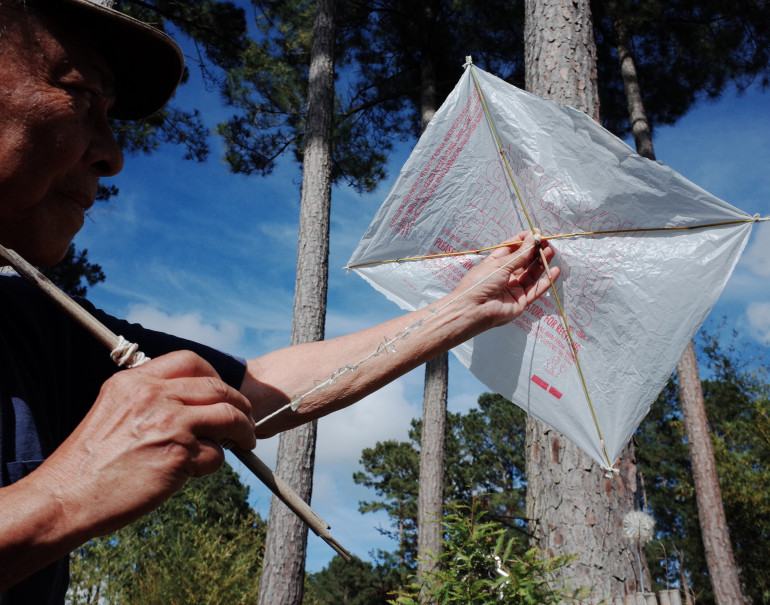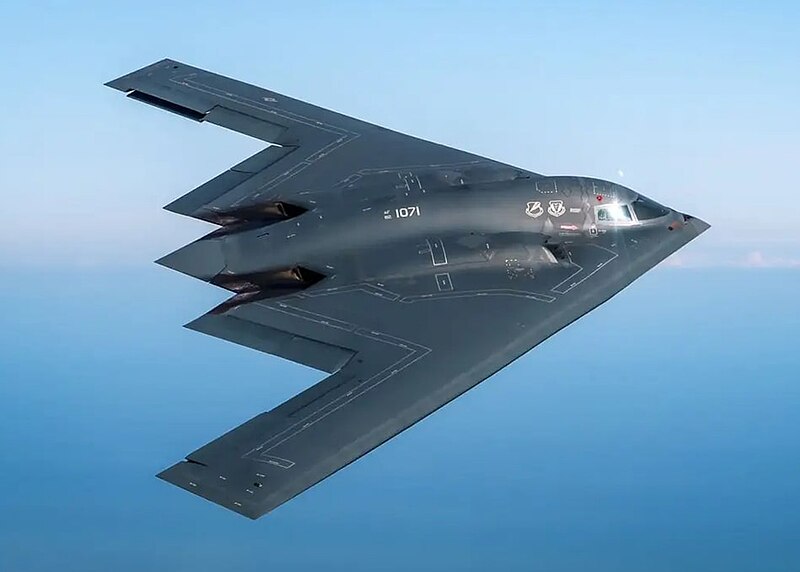
Back in the day, March, April, and May were the ultimate months for Filipino kids—it meant summertime. No more school stress, no more fretting over grades; just pure, unadulterated fun under the blazing heat of the sun. And you know what else? It was prime time for one of Cebuanos’ favorite outdoor activities in the 80s: flying kites.
However, recent changes in the Philippine school calendar, aligning with neighboring countries, shifted the academic year from starting in June (promulgated in R.A. No. 4116) to commencing in August and ending in June. This adjustment has elicited complaints due to discomfort caused by the high heat index, leading to class suspensions and a transition to remote learning in some schools.
Nostalgic Memories: Different Types of Kites Gracing Cebu’s Skies in the 80s
Traditionally, the academic year in many countries corresponds with seasonal changes, with summer break initially allowing children to help with farm work and providing relaxation time for students and teachers. However, with the shift in the school calendar, students now contend with oppressive classroom heat during what should be a break.
With all these commotions happening right now, no wonder that those who are advanced in age reminisce about the carefree days of March, April, and May. Back then, it was all about lounging in the summer heat, getting creative, and flying kites.
While today’s youth spent their time on social media and online gaming, in the 80s up to the early 2000s, kids in Cebu had their own way of entertainment: “binitikay”—an antic played among Cebuano kids involving the attempt to outdo each other by cutting the strings of rival kites. While using durable thread was crucial, craftsmanship in kite-making was equally vital for success in this playful activity.
Here are some of the most common kites flown in Cebu from the ’80s up to the early 2000s.
In many typical Asian households, grocery plastic bags get a second life through repurposing. But in Cebu, they’re given a unique twist—they’re turned into kites. One popular type is the sapi-sapi, or the traditional diamond kite. Kids often use plastic bags from groceries and repurpose hand brooms made from palm fronds (silhig tukog) as kite spines, tying them together with thread.
From the typical diamond kite, kids eventually unleash their creativity by adding tails to their designs, giving rise to the term “nukos-nukos,” reminiscent of squid tentacles.
Known as “guryon” in some areas due to its sparrow-like appearance, this type of kite comes in vibrant colors and produces sounds with its attached “hagong-hagong” (also known as “hugong-hugong” and “hadjong-hadjong”).
As young Cebuanos progress from basic diamond kites, they get creative with colorful kites that make sounds. Using shaved bamboo instead of palm fronds, they secure it to the kite design, creating a distinctive hum or sound as it flies. These auditory elements add excitement to the visual spectacle of kiteflying, delighting both flyers and onlookers with their unique acoustics.
Other variations of this include “binaki”, “binilangkad,” “binuwan,” and “sinayaw”, depending on the structure and design crafted by the kite maker.
Kite flying isn’t just for young kids—it’s also a beloved pastime for teenagers and young adults, often enjoyed as a family activity. Evolving from grocery plastic bags, they now craft flag-type kites known as “binandera,” usually designed with flags of different countries, hence the term. These kites are typically made using papel de hapon and shaved bamboo sticks for added durability.
Another fascinating design crafted by kite makers from the ‘80s to the early 2000s is the cross-type kite. Constructing this kite is quite challenging and demands skill and precision. It makes one wonder: how does one make a cross-designed kite soar through the sky?
Another fascinating marvel of Cebuano kite flying scene is the tinaro. Derived from the local term “taro,” this kite resembles a large tin can crafted from shaved bamboo and papel de hapon. Imagine this: a big box gliding through the sky. To the younger generation, it might resemble a UFO.
See? Life was once beautiful and filled with the simple joys of creativity. Kiteflying was a cherished summer tradition that makes families and friends bond together—and not just for creating social media content, not just for the clout of it (to the extent of using money instead of plastic or Japanese paper).
How about you? When was the last time you went kite flying? Or have you ever given it a shot? Whether you’re a seasoned pro or a total newbie, the thrill of watching your kite soar against the backdrop of the sky is something you don’t want to miss out on.
Special mention: Binaki (binatman)
This kite gave myself and my brother a culture shock when we moved to the downtown Cebu City area back in the day coming from the more rural and laid back town of Talisay.
In Talisay, the bigger and the noisier is the trend when it comes to kites and we of course brought this to the city proper when we moved not knowing the kite flying culture was nothing we could ever have imagined.
Instead of being bigger and louder, the kites in the city were so much smaller, basic looking we even thought… Little do we know these kites were built for a that way for a reason, a reason we had to learn the hard way as we watch our bigger, more flamboyant kite drift away from our control.

After some grieving when all efforts at recovering our kite seemed loss, we did some investigating and realized the culture here was more “kite fighting” than kite flying.
Kites were flown with threads that had bits of broken fluorescent lamps on it to make for a cutting tool rather than just to teether.
This paired with a batman shape (or one can also think of a B22 bomber) that was meant to actually do a “dive” in an attempt to cut another kite’s string.
And that opened a whole new dimension in kite flying for us, one that’s more a whole lot technical than artistic, not to mention, dangerous given how you’ll need to deal with the process of putting a “hagod” (the Cebuano term of sticking bits of broken fluorescent glass on threads).
What about you? What kind of kite flying did you experience back in the day?
References: